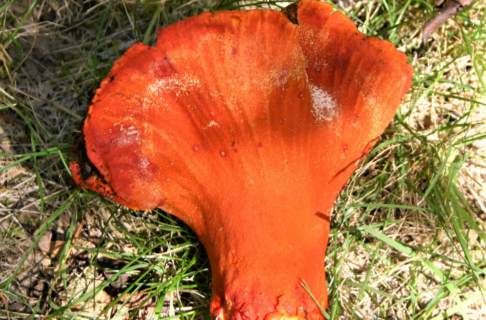Posted on: Wednesday October 21, 2020
Soil is sometimes called “dirt”, as if it is something completely devoid of value. But without healthy soil, there would be no food, and without food, humans are doomed. We owe this thin layer of life, a respect far exceeding what we typically show it.
Soil consists, not just of sand, silt and clay, but organic matter from plants, fungi and animals, as well as a diverse community of soil organisms, living in complex communities that we barely understand. Soil organisms play a crucial role in the persistence of life as we know it, and they are unfathomably abundant: there are more microorganisms in a teaspoon of soil than there are humans on earth. Most importantly, soil organisms help decompose dead organic matter, so that the nutrients in them can be used by living creatures. If this recycling did not happen, all life on land would eventually screech to a halt.
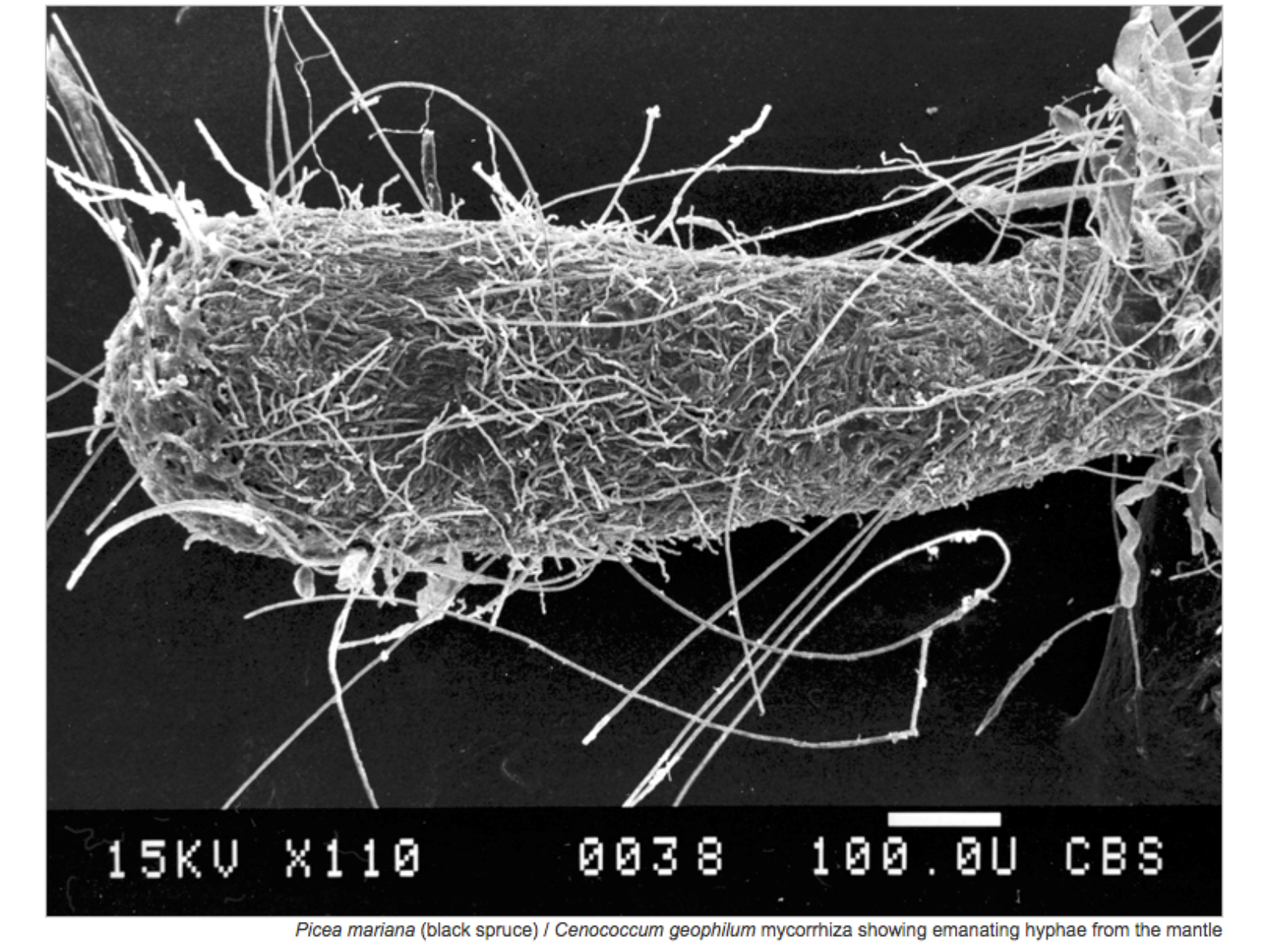
Picea mariana (black spruce) / Cenococcum geophilium mucorrhiza showing emanating hypae from the mantle.
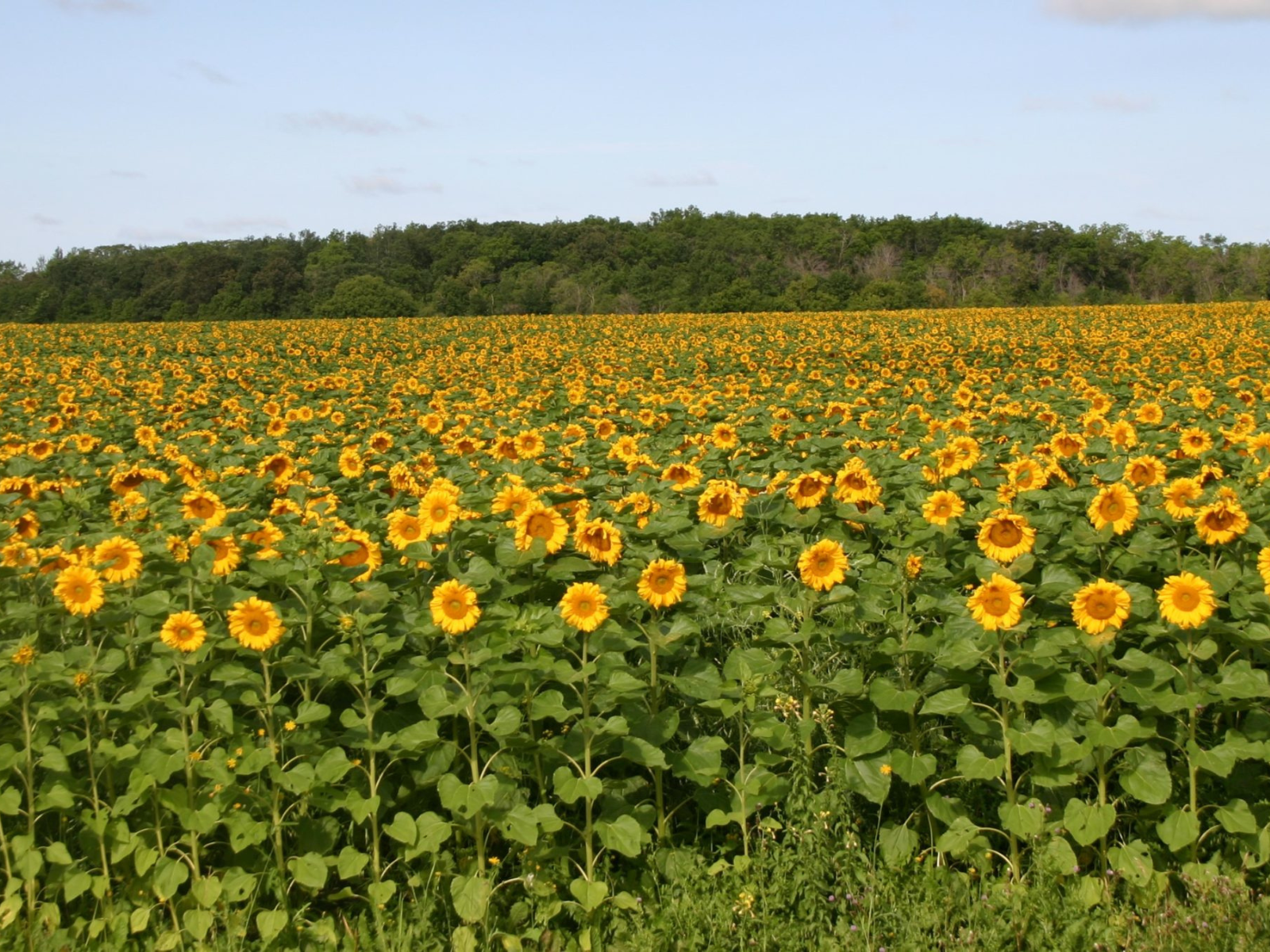
Sunflowers (Helianthus annuus) that can associate with soil fungi (i.e. mycorrhiza), are more drought-tolerant, and yield more seeds. © The Manitoba Museum.
Most people are familiar with above-ground food pyramids: producers (e.g. grass) are eaten by herbivores (e.g. bison), which in turn are eaten by predators (e.g. wolves). What many don’t know is that this same structure also occurs in underground ecosystems. Life in the soil is kind of like the upside-down in the TV show Stranger Things; the same but different, and much darker.
Plants are the producers in the soil, transferring sugar formed by photosynthesis in their leaves to their root systems. Both dead and living roots, and root exudates (i.e. chemicals that leak out of the roots) are consumed by small plant-eaters (i.e. herbivores) like bacteria, fungi, mites and roundworms (i.e. nematodes), as well as larger animals like mice, gophers and voles. These herbivores are eaten by predators (i.e. carnivores) of various sizes. Small predators include protozoans, carnivorous roundworms and mites, springtails, ants, spiders, sowbugs, centipedes, millipedes, beetles and earthworms. These small predators may in turn be eaten by larger subterranean predators (i.e. secondary carnivores) like moles and shrews, as well as larger creatures above the ground, like birds and mammals (e.g. coyotes).
Four out of five animals on earth are nematodes or roundworms. This species, Criconomella sp. is a native, root-feeding nematode. © Raf Otfinowski and Victory Coffey.
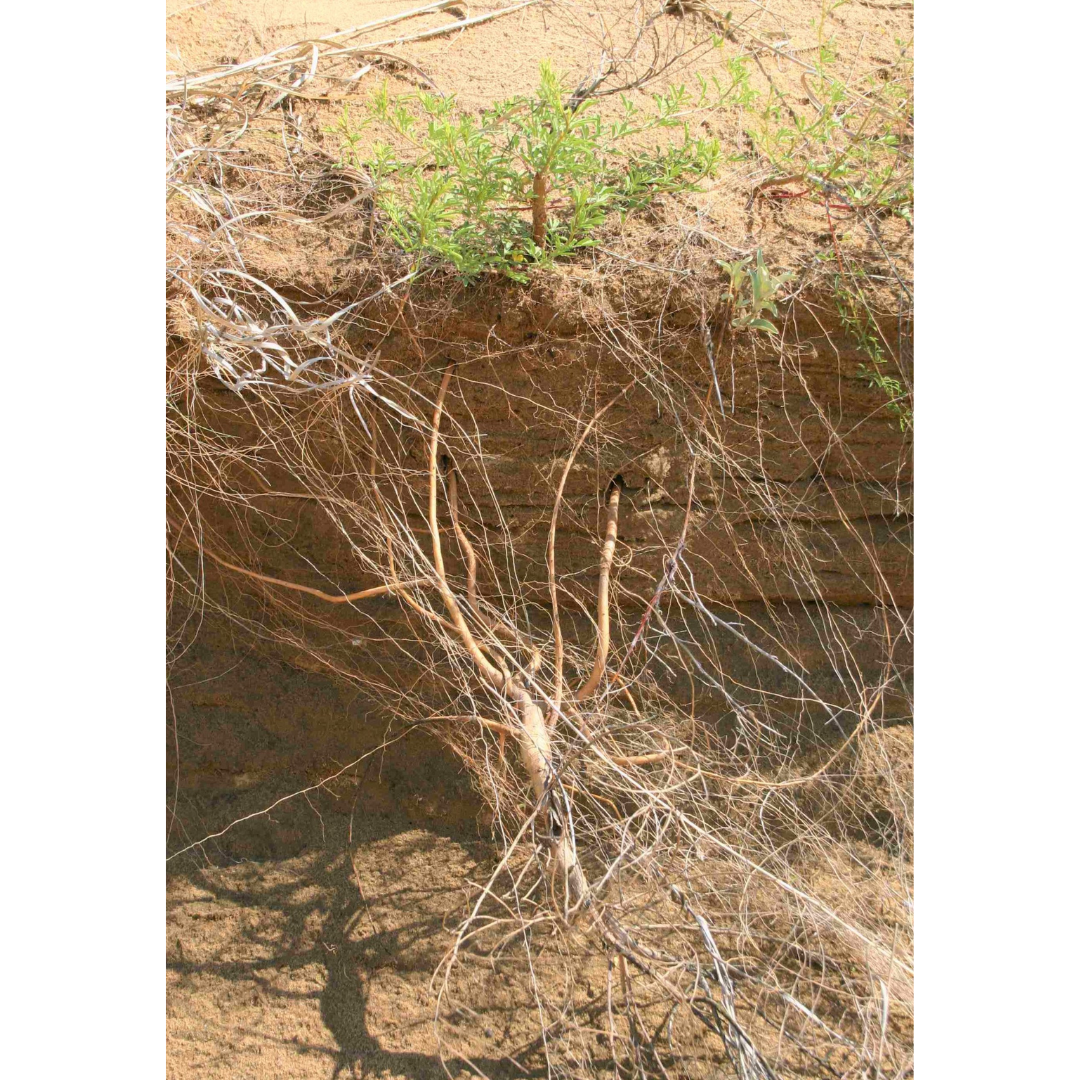
But it is not just a mite-eats-nematode world: the soil also contains organisms that partner with each other in mutually beneficial relationships: nitrogen-fixing bacteria and mycorrhizal fungi form associations with plant roots that help both species thrive. Soil bacteria and fungi may also help plants by detoxifying harmful chemicals, like pesticides, in the soil.
Nitrogen-fixing bacteria (Rhizobia spp.) can break down the strong triple chemical bonds of N2, the inert gas that forms most of the atmosphere (78%), turning it into ammonia (NH3). These bacteria invade the root hairs of legumes forming nodules. The plant gives sugar and a safe home for the bacteria in exchange for the ammonia, a bio-available form of nitrogen that the plant can use. Other nitrogen-fixing bacteria (e.g. Frankia spp.), associate with shrubs like alders (Alnus spp.).
Legumes, such as this White Prairie-clover (Dalea candida), associate with nitrogen-fixing bacteria, increasing the fertility of the soil. © The Manitoba Museum.
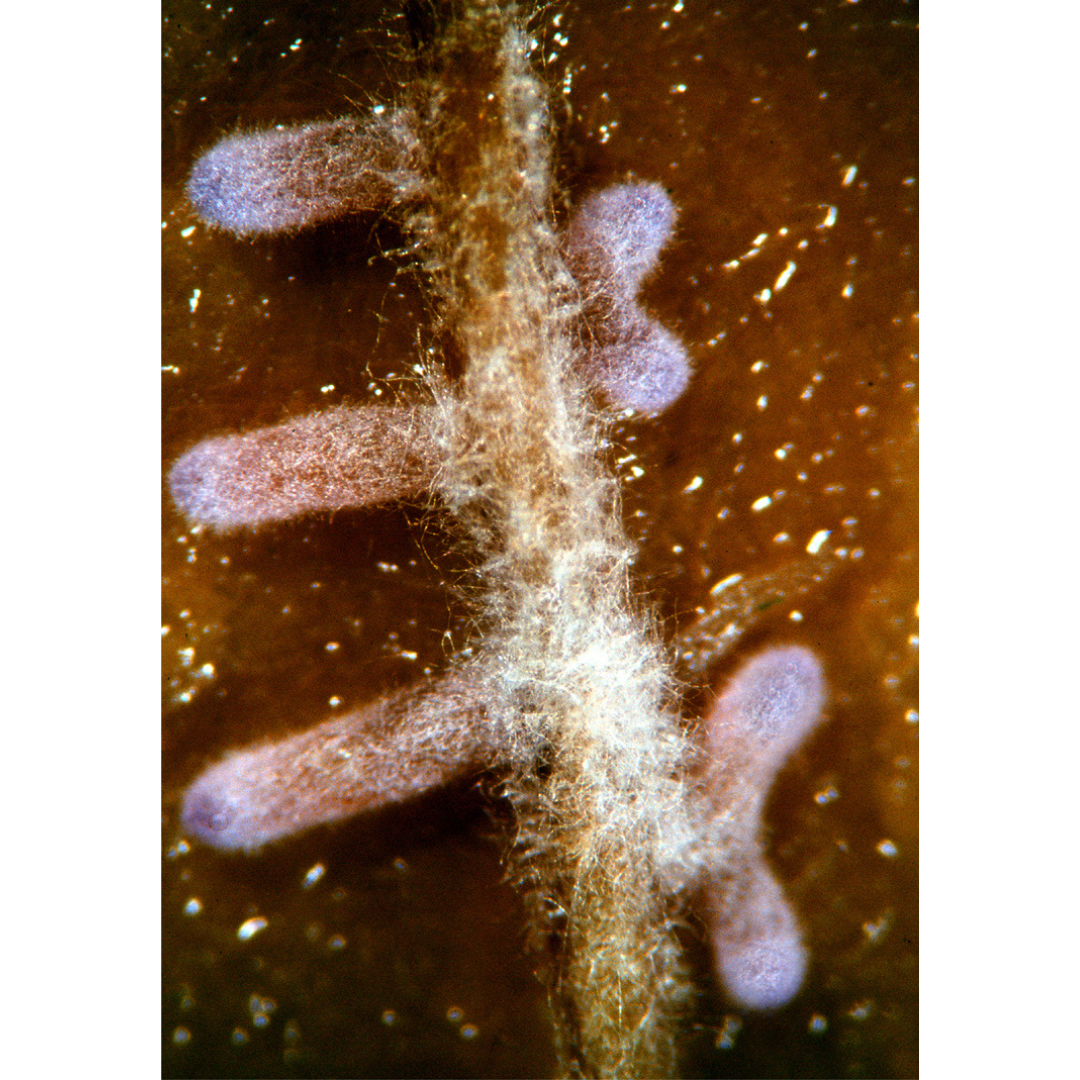
A second important mutualism is between plants and mycorrhizal fungi. Fungi are good at obtaining water and minerals partly because they have a much greater surface area than plant roots (about 50 times as much), and partly because they produce special chemicals that helps them obtain insoluble minerals. The fungi wrap around and penetrate plant roots with their hyphae (fine hair-like structures) so that the organisms can exchange nutrients: sugar from plants to fungi, and minerals and water from fungi to plants. Mycorrhizal fungi are about 100 times more effective at obtaining water than plant roots alone, aiding in drought-tolerance. This association allowed plants to colonize land over 600 million years ago, and even today well over 90% of all plant species need mycorrhiza to grow. Plants are so interconnected with each other and the fungi under ground that scientists have started calling this system “the wood wide web”. For our sake, let’s hope that this system, essential to all life, never crashes.
The hyphae of the Biocolored Deceiver (Laccaria bicolor) fungus, wrap around the roots of Red Pine (Pinus resinosa), helping it get enough minerals from the soil. © Hugues Massicotte
Thanks to Hugues Massicotte (University of Northern British Columbia) for the images of mycorrhiza, and Raf Otfinowski and Victory Coffey (University of Winnipeg) for the nematode image.






